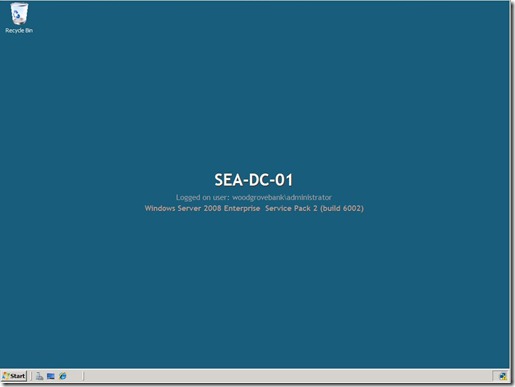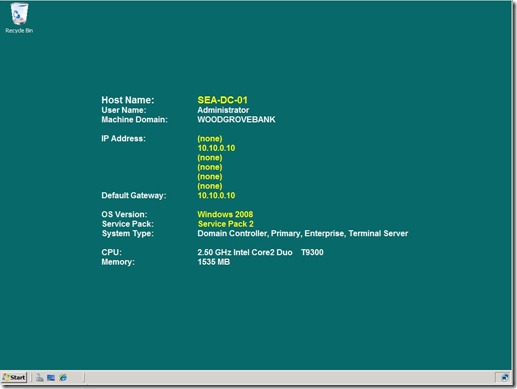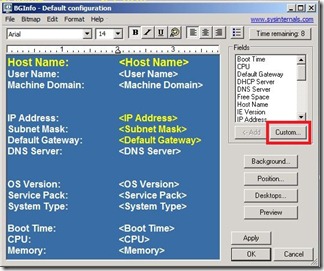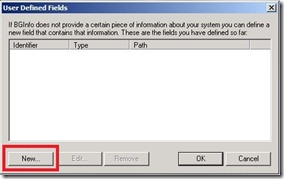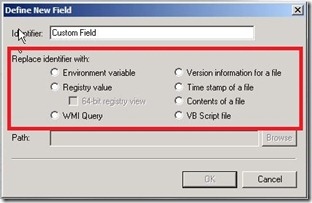Sysinternals BGInfo – Great Utility for Displaying Machine Information
I often get asked at my live events about the utility I use to display machine information in the Desktop Background. If you’ve been to one of my live events or watched any of my webcasts or screencasts, you’ve seen this as I use it on almost all of my virtual machines. Having the information displayed for my virtual machines for my demonstrations, or in your case for the systems that you’re working with, makes it very easy to see some of the basic information about the machine and lets me know quickly which VM I’m connected to.
As you can see from the picture below I have a screenshot from my SEA-DC-01 machine, which is running Windows Server 2008 Enterprise Service Pack 2. In this case I used a utility that’s been around a while called BackInfo.
Fig. 1 - BackInfo Desktop Background Example on SEA-DC-01
Recently I have started to use a much better utility called BGInfo. This utility comes from the Sysinternals suite and is available for download at Sysinternals BGInfo v4.16.
Fig. 2 - BGInfo Desktop Background Example on SEA-DC-01
BGInfo not only allows you to modify what displays on the Desktop Background, but also allows you to insert custom values that may be of interest to you. .
Fig. 3- BGInfo – Default Configuration
In the Default Configuration window you can customize how the default fields included in BGInfo will display on the Desktop Background. Also, if you want to go one step further and create custom fields this is easily done by clicking on the Custom button which opens the User Defined Fields window.
Fig. 4 - User Defined Fields
Click New in the User Defined Fields window and the Define New Field window opens.
Fig. 5 - Define New Field
You can see in this window you can create a whole bunch of different fields, based on and Environment Variable, Registry Value, WMI Query, VB Script file and on Version information, Time stamp or Contents of a file.
All in all a very useful utility to use if you’re managing multiple systems as it alleviates any confusion about which machine you’re connected to.
